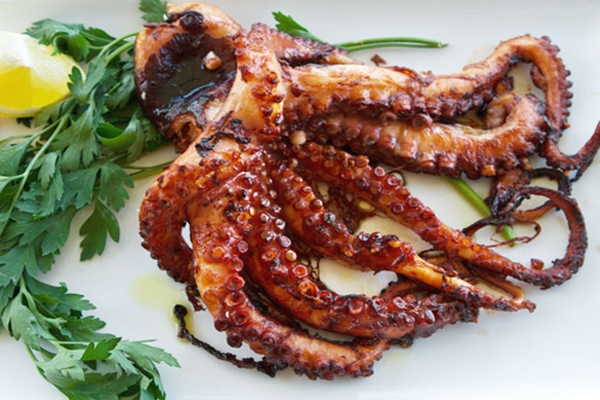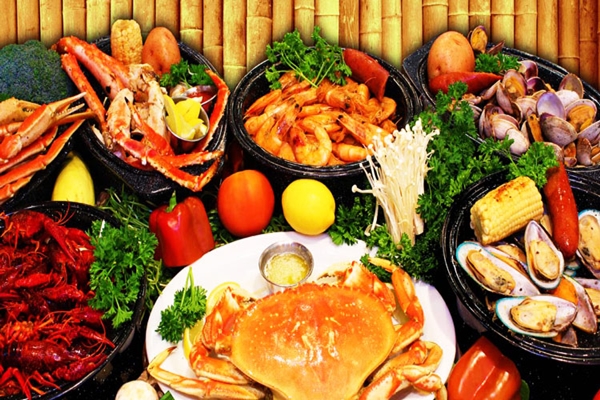
Everyone loves seafood, including people who are allergic to shellfish. But what are the best kinds of seafood? This is a list of all of your favorite crustaceans, cephalopods, and mollusks, ranked by how often you would like to eat them. Each sea creature is listed here for you to vote up if you think it is delicious. Some great things about seafood include that they are mostly protein and that they are mostly water, which means virtually no calories. You can eat 14 lbs. of shrimp and not gain a single human pound. Also, many / most types of sea animals can be eaten grilled, boiled, or even raw, so it comes right to your plate looking like it just accidentally took a detour out of the sea and not disguised like something else.
Let's take a look at top 10 best Seafoods:
1. Shrimp
Highly accessible. Easy to eat by spend some money. Can you also buy frozen. They are also called by "prawns". Sometimes you have to pull off the head or shell yourself, like you have all day. Also, that dark line on the back of a shrimp is full of poop.
Ways to Eat Them: Barbecued shrimp, boiled shrimp, broiled shrimp, baked shrimp, sautéed shrimp, shrimp kebabs, shrimp creole, shrimp gumbo, pan-friend shrimp, deep-fried shrimp, stir-fried shrimp, pineapple shrimp, lemon shrimp, coconut shrimp, pepper shrimp, shrimp soup, shrimp stew, shrimp salad, shrimp and potatoes, shrimp burger, shrimp sandwich, shrimp scampi, shrimp cocktail, maybe some others.
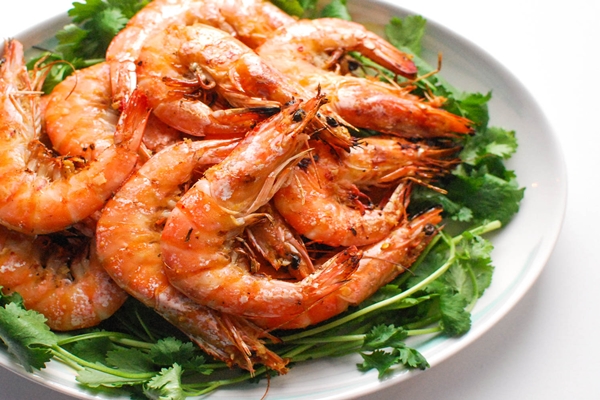
2. Crab
Good hot or cold. Cracking and pulling tiny slivers of meat out of a crab carcass really feels like an accomplishment. The sale of "lump crabmeat" is a scam. Also, crab bodies are very spiny and can really bloody up your fingers and knuckles if you are not careful.
Ways to Eat It: Steamed crab, lump crab, whole crab, crab legs, crab claws, crab cake, crab bisque, soft-shell crab, deep-fried crab, crab dip, crab soup, crab rangoon, etc.
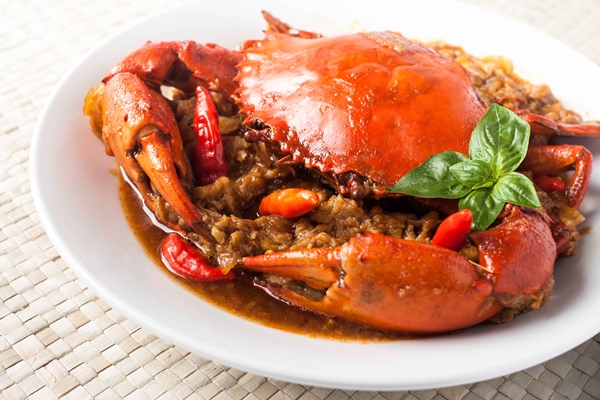
3. Lobster
Fancy! Look at you! Usually stupidly expensive, even though lobsters are the bugs of the sea and literally eat carrion. In fact, U.S. prisons used to serve lobster to inmates because the meat was so cheap and low-quality.
Ways to Eat It: Steamed, boiled, grilled, whole or just-tail, lobster bisque, lobster roll.
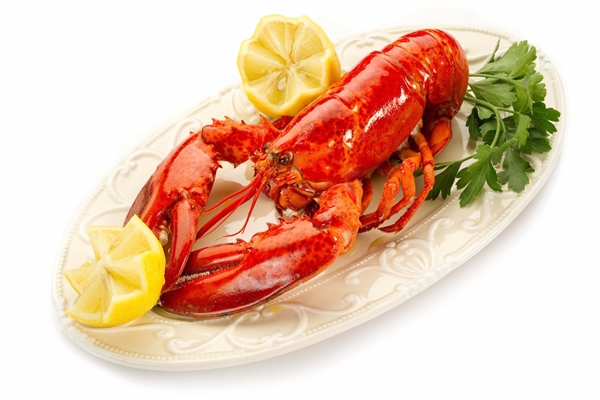
4. Clams
They are pretty good in the shells and also out. Why don't you get some for the table? If you don't like to chew gooey things or the taste of the sea, you will not like clams.
Ways to Eat Them: Steamed, baked, boiled, raw, fried, clam chowder (the red or the white), clambake, in pasta, in soup, in whatever else you want really.
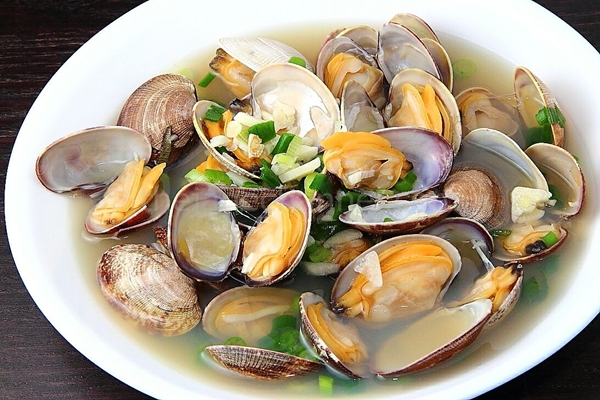
5.Scallops
Sometimes it is a bunch of little scallops, and sometimes it is like one big scallop. You can buy packages of very small frozen ones at Trader Joe's. All scallops have dozens of tiny.
Ways to Eat Them: Seared, smoked, other ways.
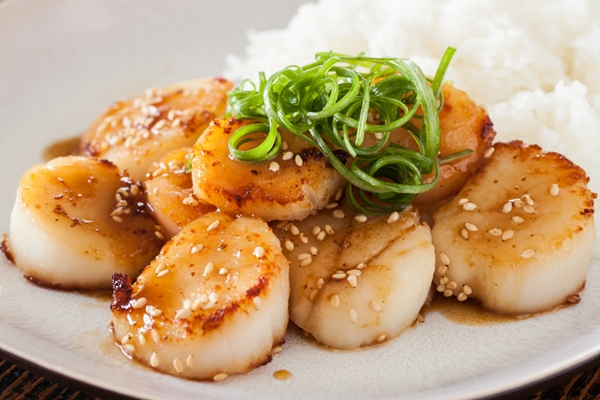
6. Crawfish / Crayfish / Crawdads
If you like seafood, Old Bay, eating outside, corn, little potatoes, beer, socializing, pulling the heads off of animals, and personal challenges to eat 100 of something, maybe a crawfish boil is right up your alley! Sometimes, yellow goo comes out with the meat.
Ways to Eat Them: Boiled crawfish, fried crawfish, crawfish étouffée, crawfish beignets (and all of those things said like "crayfish" or "crawdads" or even "crawdaddies"; the preferred nomenclature is regional.)
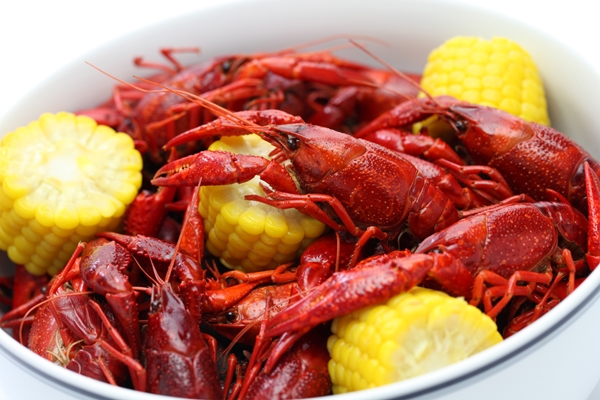
7. Oysters
Supposedly an aphrodisiac (but only because they look suggestive wink). Easy to share. Varieties from different places / bodies of water all taste different. Come in their own little shotglasses. You sort of swallow them whole, so chewing is not an issue. Sometimes have actual sand in them. They look like placenta.
Ways to Eat Them: Raw (on ice, with vinegar and/or lemon), grilled, smoked, steamed, baked, boiled, pickled, poached, fried, in a po' boy; usually by the half-dozen or whole dozen or 3 dozen.
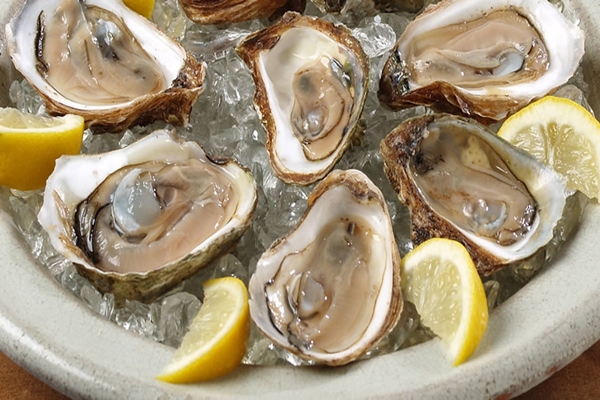
8. Mussels
You can just get the moules frites. Well, none, really, except that there are never enough do you know what I'm saying?
Ways to Eat Them: Steamed, boiled, smoked, roasted, barbecued, fried, etc.
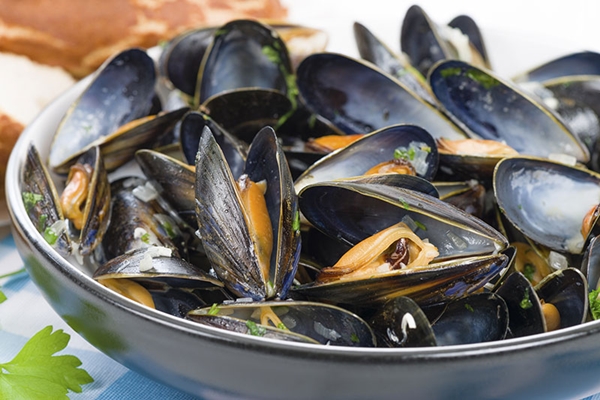
9. Squid
Hey! Let's get some fried calamari! And then dip this squid in marinara sauce! This sea animal will taste just like an onion ring!! Can you be sure that ring of squid meat isn't really just a ring of pig rectum?
Ways to Eat It: Grilled, sautéed, fried, cut into long pieces or rings, even just the legs alone by themselves.
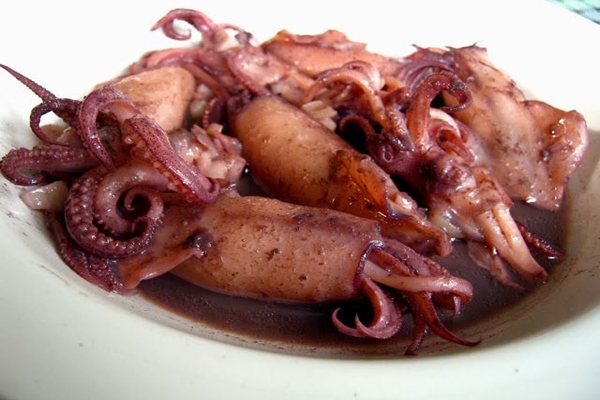
10. Octopus
Great, how fun. It's a little octopus. There are its little suckers. Real talk: Octopuses are really, really smart. In captivity, they have learned how to solve problems over time, remembered and interacted with favored human handlers, liked to be "pet," and even played with toys (rather than instinctively eat or reject them as food). Continued research shows that an octopus has cognition far beyond that of any other invertebrate - which might include knowing that it is being eaten alive.
Ways to Eat It: Grilled, fried, boiled, steamed, raw, roasted, hot, chilled, adult, baby, dead, or even alive!
